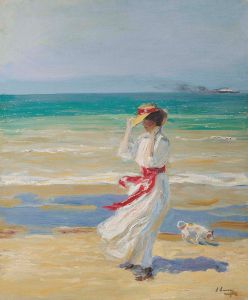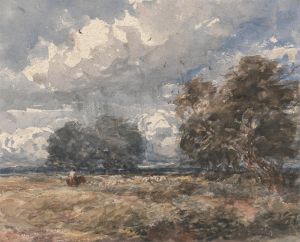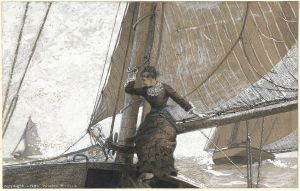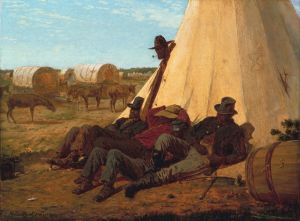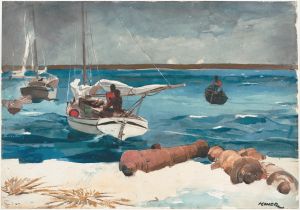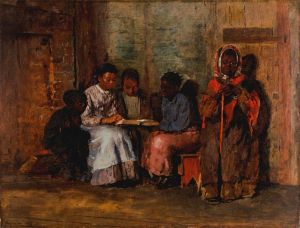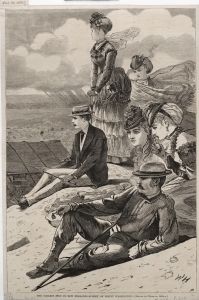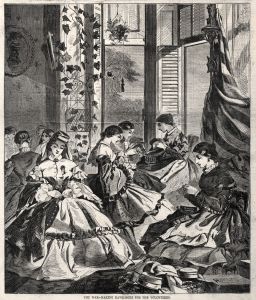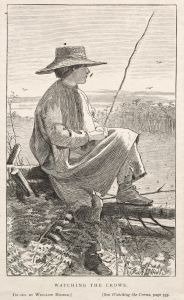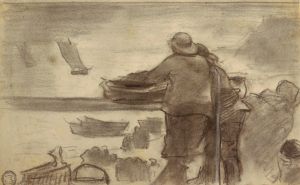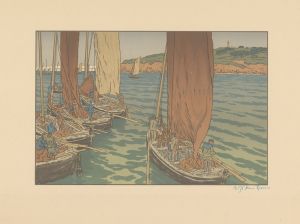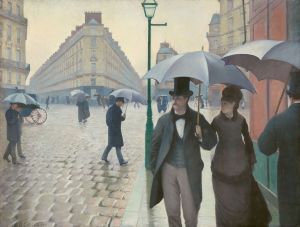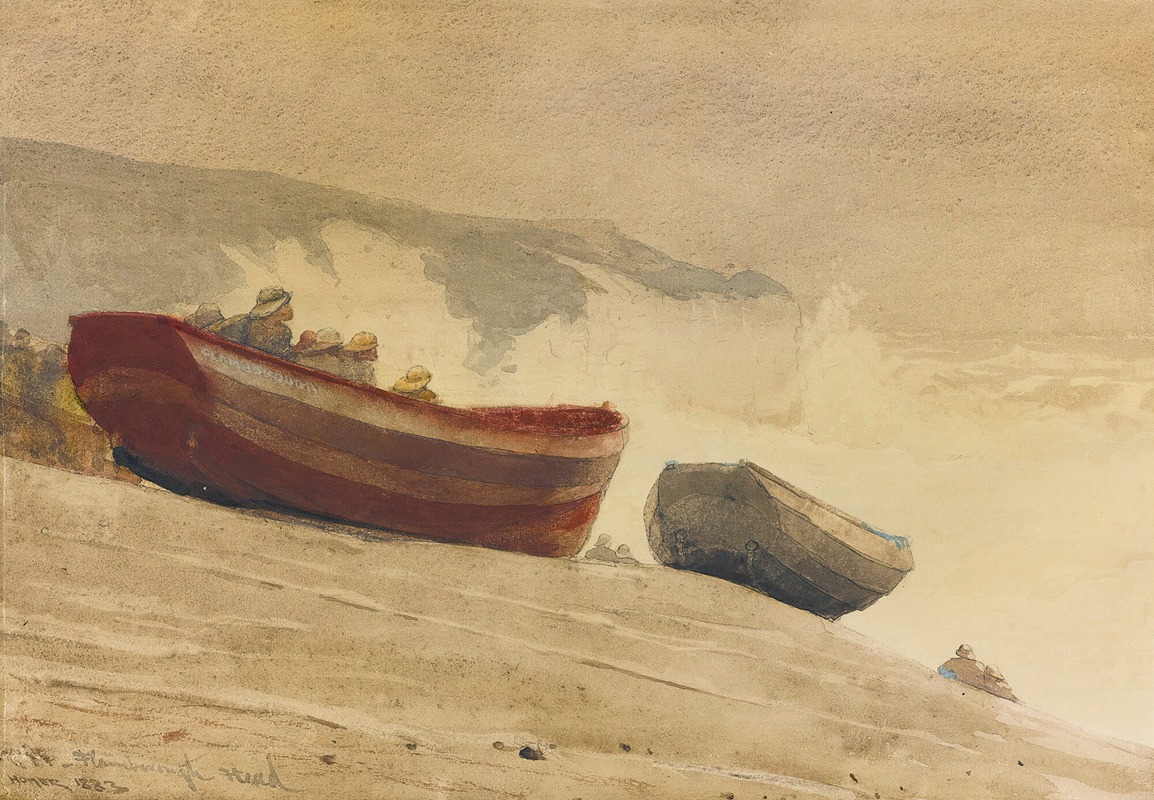
Storm On The English Coast
A hand-painted replica of Winslow Homer’s masterpiece Storm On The English Coast, meticulously crafted by professional artists to capture the true essence of the original. Each piece is created with museum-quality canvas and rare mineral pigments, carefully painted by experienced artists with delicate brushstrokes and rich, layered colors to perfectly recreate the texture of the original artwork. Unlike machine-printed reproductions, this hand-painted version brings the painting to life, infused with the artist’s emotions and skill in every stroke. Whether for personal collection or home decoration, it instantly elevates the artistic atmosphere of any space.
Winslow Homer, an American landscape painter and printmaker, is renowned for his marine subjects. One of his notable works, "Storm on the English Coast," exemplifies his mastery in capturing the raw power and beauty of the sea. Painted in 1890, this artwork is a testament to Homer's fascination with the ocean and his ability to convey its tumultuous nature.
"Storm on the English Coast" was created during a period when Homer was deeply inspired by his travels to England. Between 1881 and 1882, Homer lived in the coastal village of Cullercoats in Northumberland. This experience had a profound impact on his artistic direction, as he was exposed to the harsh and often dramatic weather conditions of the North Sea. The time he spent observing the sea and the lives of the local fishermen and their families greatly influenced his work, leading to a series of paintings that depicted the sea's formidable presence.
In "Storm on the English Coast," Homer employs his characteristic style, using a dynamic composition to convey the intensity of the storm. The painting captures the moment when the sea is at its most violent, with waves crashing against the rocky shore. The use of dark, moody colors and vigorous brushstrokes enhances the sense of movement and chaos, drawing the viewer into the scene. Homer's attention to detail is evident in the way he renders the turbulent water and the ominous sky, creating a vivid portrayal of nature's power.
The painting is also notable for its absence of human figures, a departure from some of Homer's other works where he often included people interacting with the sea. This choice emphasizes the isolation and majesty of the natural world, allowing the viewer to focus solely on the elemental forces at play. The composition is balanced by the contrast between the dark, stormy sea and the lighter sky, suggesting a moment of tension between the impending storm and the hope of calm that might follow.
Homer's work during this period is often associated with themes of human struggle against nature, and "Storm on the English Coast" is no exception. The painting reflects the artist's deep respect for the sea and its unpredictable power, a theme that resonates throughout his body of work. It also highlights his technical skill in capturing the essence of a scene, making the viewer feel as though they are witnessing the storm firsthand.
Today, "Storm on the English Coast" is celebrated as a significant example of Winslow Homer's contribution to American art. His ability to depict the sea with such intensity and emotion has earned him a lasting place in the history of art. The painting continues to be admired for its dramatic portrayal of nature and its reflection of Homer's unique perspective on the world around him.





